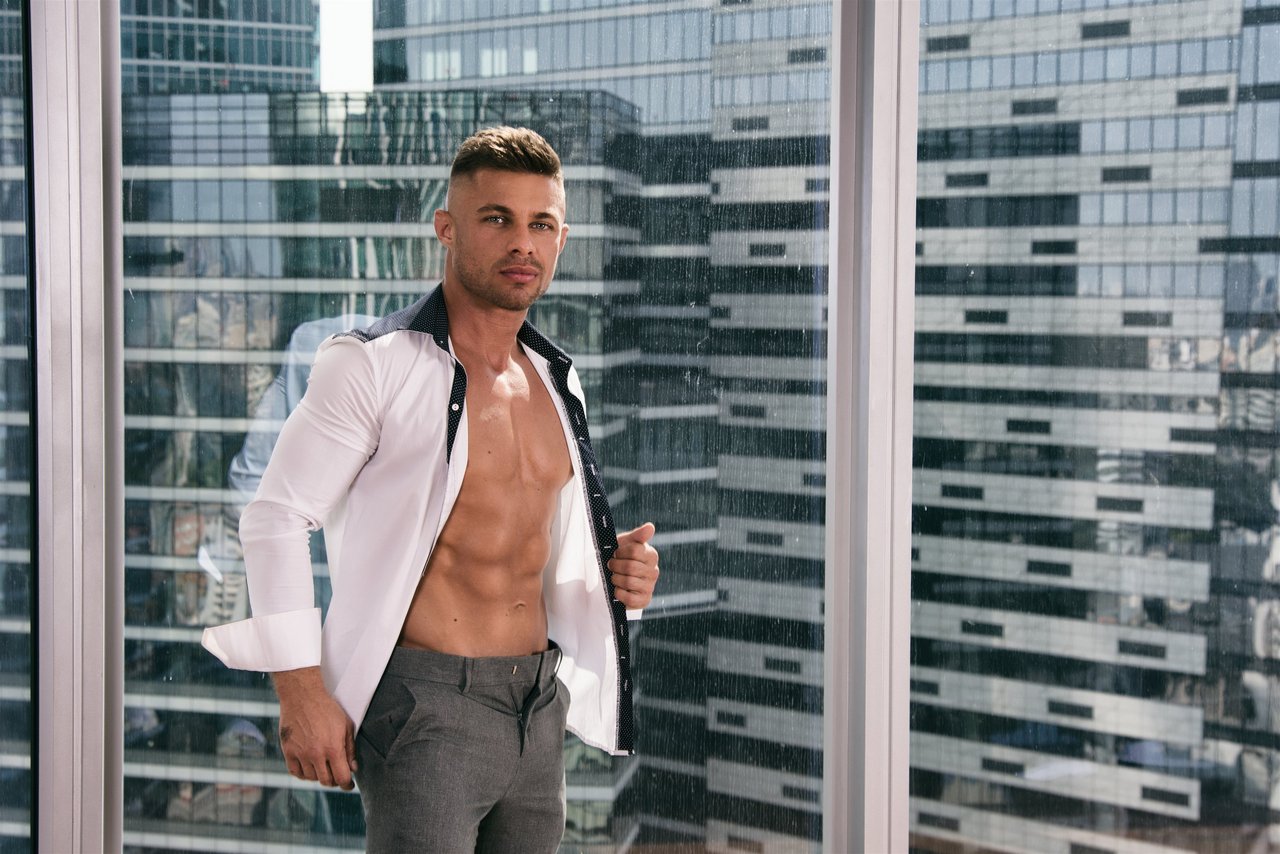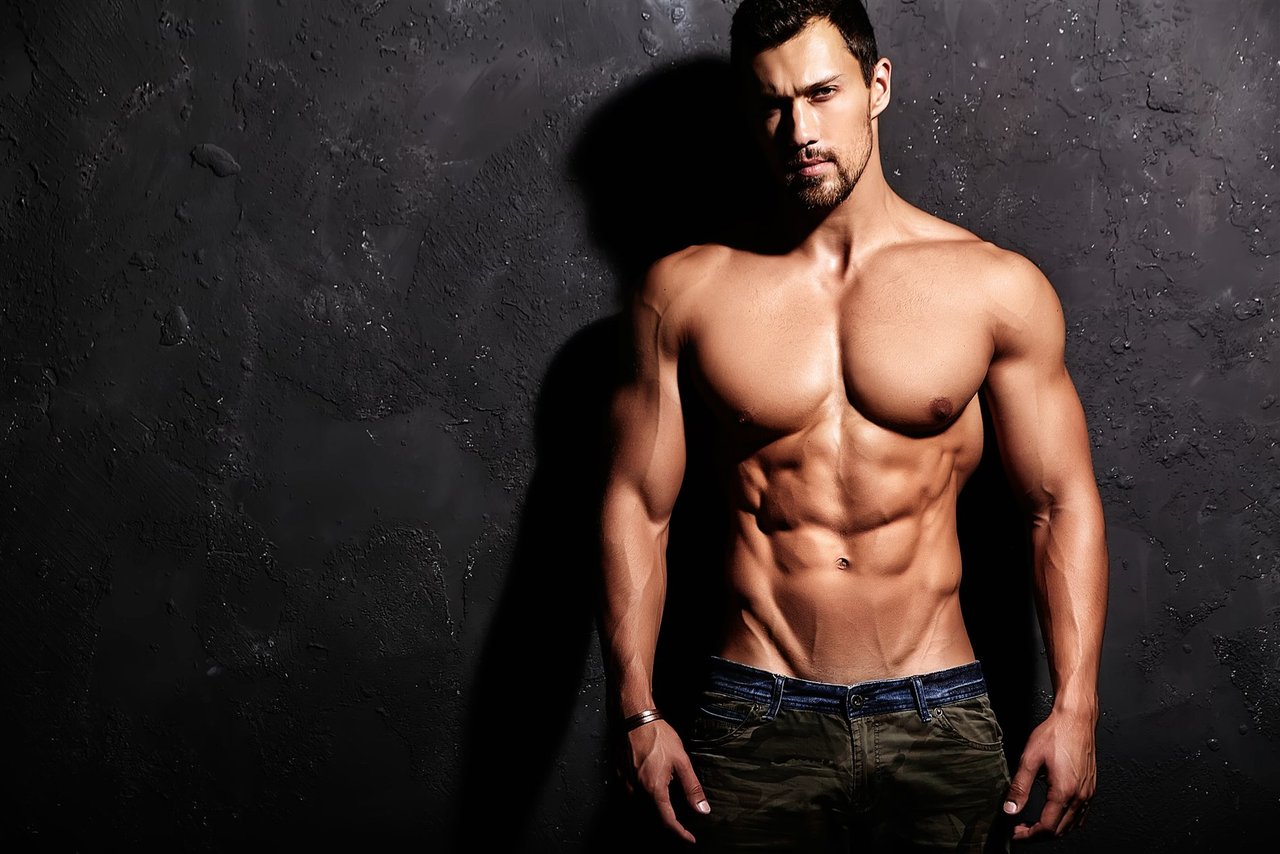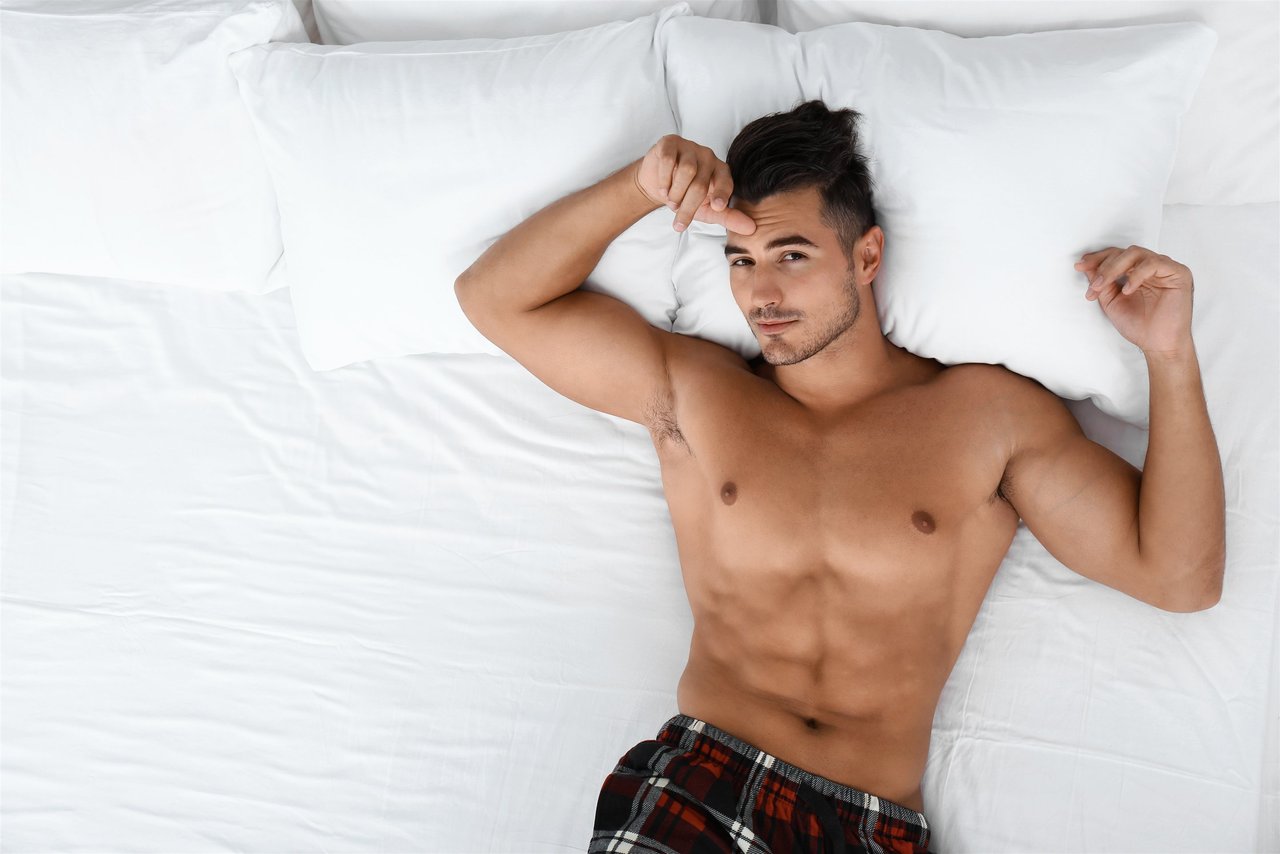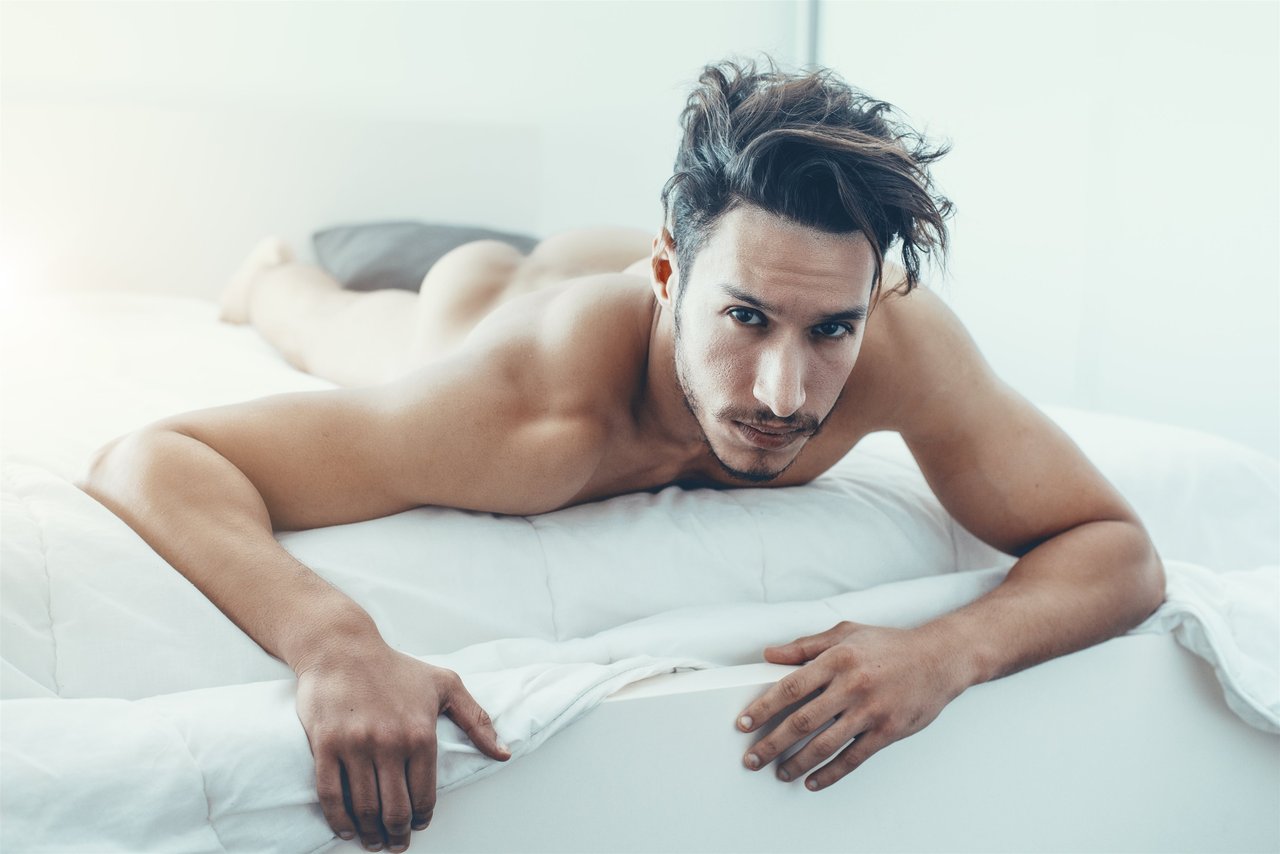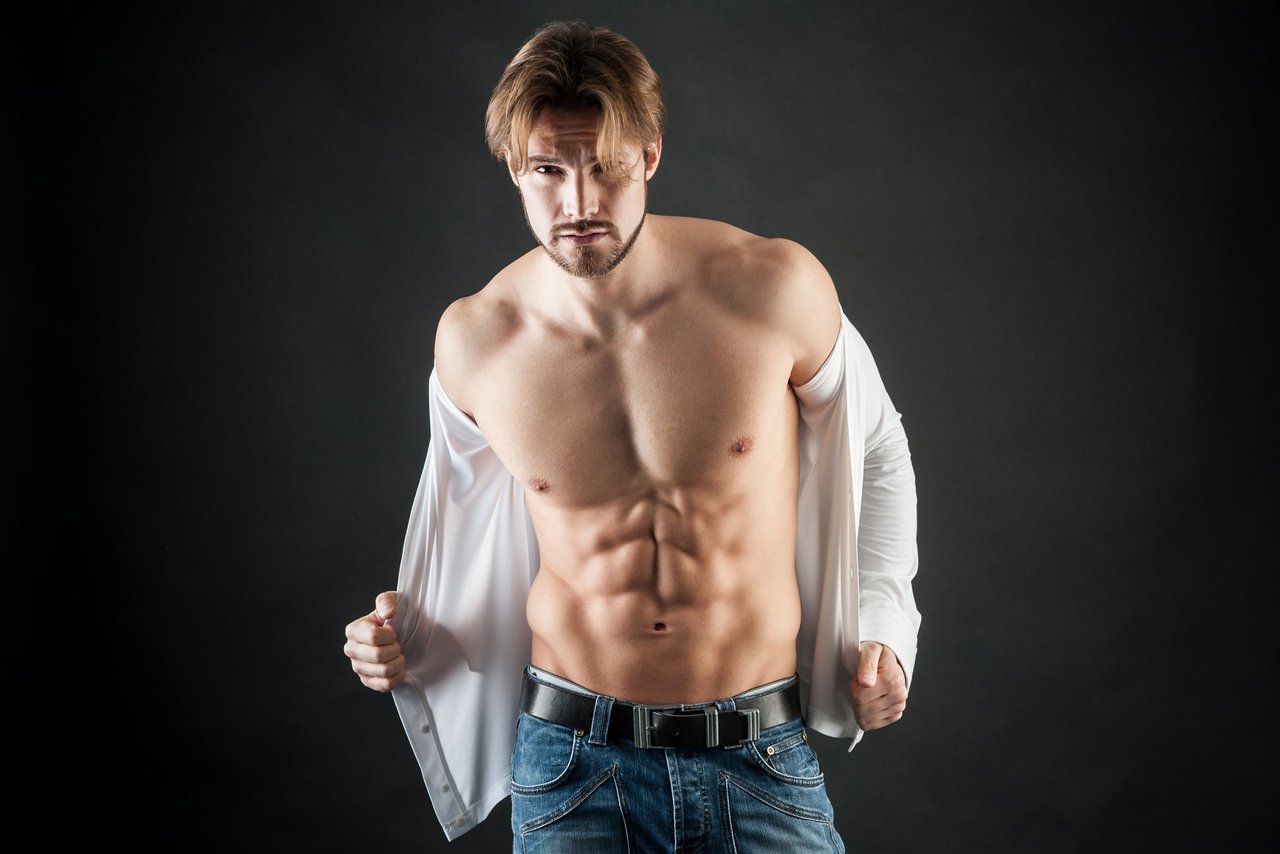Types of gay men and their unique roles within the gay community
Navigating the landscape of types of gay men invites a deeper look at the rich tapestry within the gay community. It’s more than just labels; it’s about acknowledging how different personalities, appearances, and social roles shape our interactions and relationships. These types define preferences in dating apps, shape social scenes, and influence hookup culture, creating niches where individuals find belonging or attraction. By understanding these distinctions, we reduce guesswork and biases, offering clearer communication and connection.
The gay subculture thrives on diversity — from twinks to bears, daddies to leathermen, each type carries a set of expectations and values within this vibrant community. Recognizing these differences also reflects the broader influence of the LGBT community’s evolving identity, where social dynamics and physical appearances intertwine. This insight sets the stage to explore specific categories like bear gay culture or discreet gay men, revealing not just aesthetics but social meaning behind each type.


